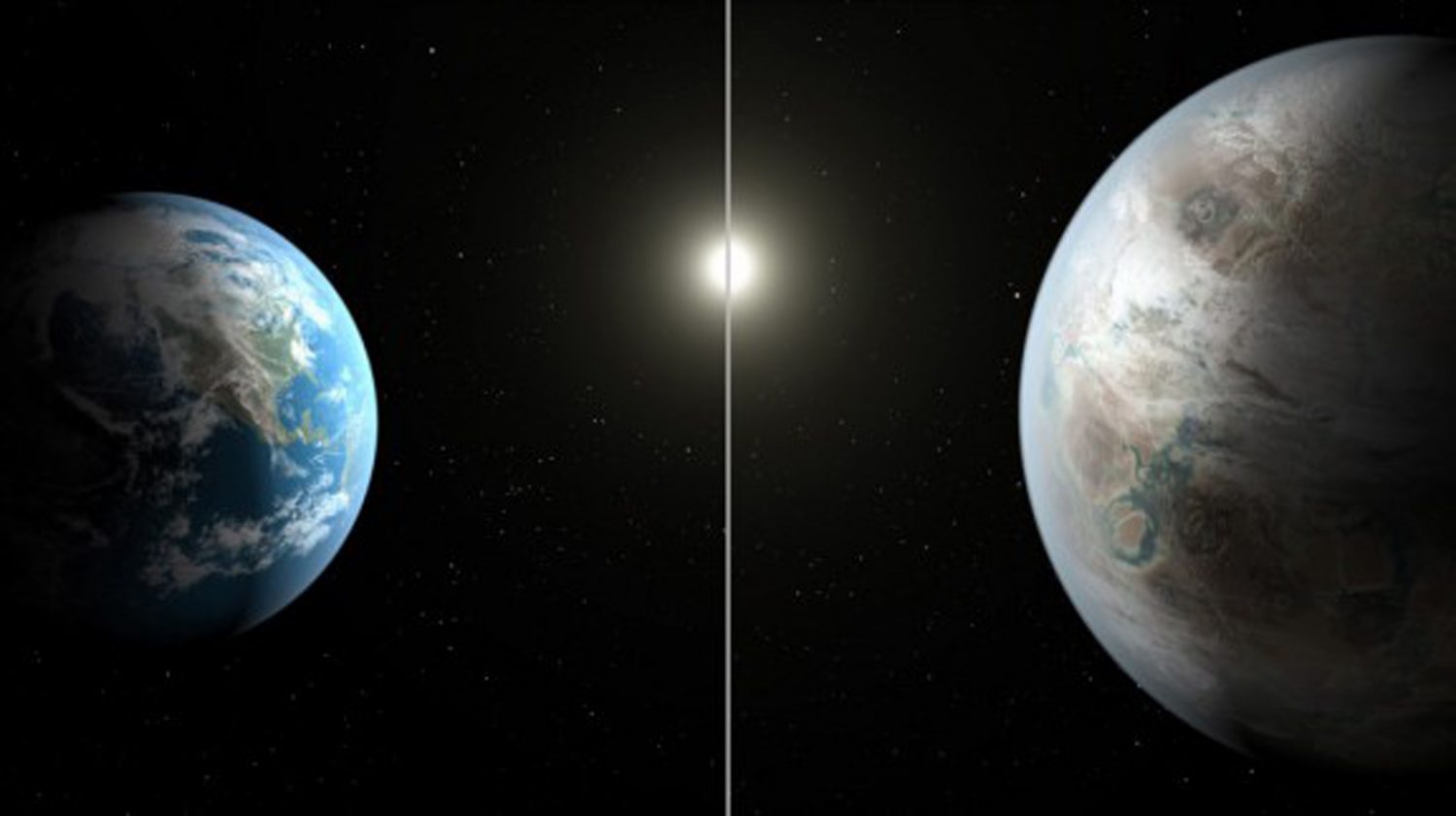NASA’S Kepler Mission blew away minds when they discovered a planet similar to Earth. Nicknamed “Earth 2.0” or Kepler 452b. This planet is four percent larger than Earth and 10 precent brighter. In addition, Kepler 452b has a mass five times than Earth and a 60 percent larger diameter. It is said that this “Super-Earth” makes its oration within 385 days, around a star similar to our sun.
The planet is described as rocky and might be experiencing the greenhouse effect., which is when the stars evaporate the planets liquid.
Scientists speculate this planet may have a thicker atmosphere and may also have many active volcanoes. Being 1,400 light years away, this planet is said to near the end of its main sequence. The main sequence is the life span of a star in it’s normal stage, just like our sun right now. Scientists assume that this planet may have 1.5 billions left to exist. It’s atmosphere is getting warmer and the temperatures are rising as it reaches the end of it’s life span.
In 2017, NASA plans to launch a planet-hunting satellite called TESS that will be able to provide scientists with more detail on the size, mass and atmospheres of planets circling distant stars.
“It was so weird thinking that there is something out there just like us.” said senior Stephanie Tamras. “It is just fascinating on how there could be more out there and I am looking forward to what comes next in the Kepler missions.”
The Kepler mission is just a start to many great discoveries. As scientists find new ways to approach the universe who knows what they will encounter and accomplish.



















